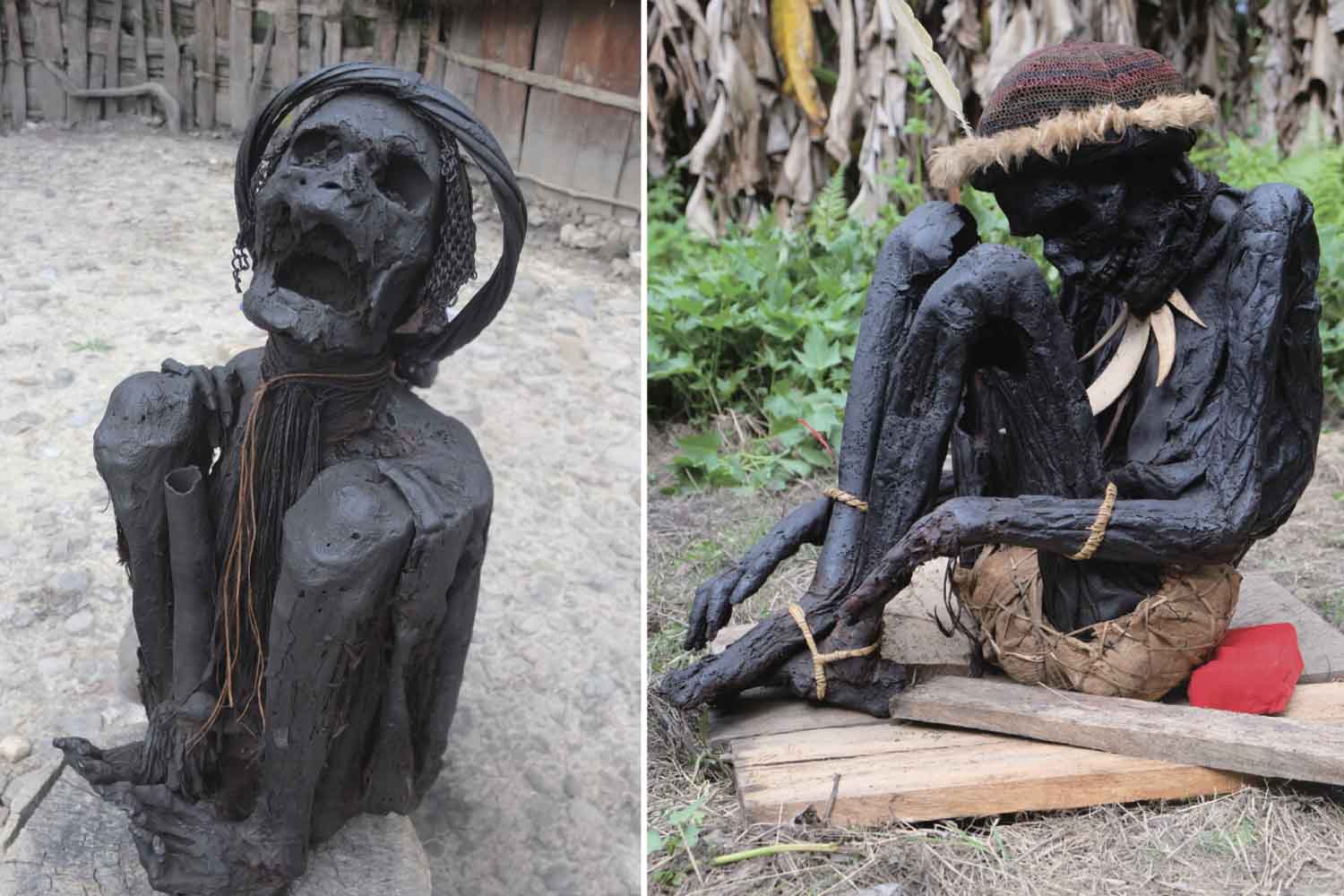The oldest deliberately mummified bodies, dating back 12,000 years in Asia, reveal a sophisticated smoking ritual, showing deep cultural continuity with modern Oceania.

©Pnas
Let’s put aside, for a moment, pyramids and pharaohs. The story of mummification might not have begun in Egypt at all—but much earlier, on the other side of the world. A recent study led by researchers from the Australian National University has uncovered the oldest deliberately mummified bodies ever found, dating back roughly 12,000 years, in the pre-Neolithic era.
And the real surprise? These weren’t natural mummies; they were intentionally smoked through a slow, ritualized process that was both complex and remarkably durable.
The study, published in PNAS, radically challenges our understanding of when and where mummification emerged. It’s no longer a phenomenon limited to a few ancient civilizations but a widespread, elaborate funerary practice far older than previously believed.
Studying 69 ancient remains
The team examined 69 human skeletons from 54 burials across southern China, northern Vietnam, and Indonesia, dating from 4,000 to 12,000 years ago. These graves belonged to hunter-gatherer communities. Advanced analytical techniques—including X-ray diffraction and infrared spectroscopy—revealed something striking: nearly 90% of the samples showed evidence of heat exposure, along with traces of soot and cuts consistent with body-draining techniques.
Bodies were carefully positioned in the fetal pose, bound, and then exposed to low fires for long periods—weeks or even months—until fully smoked. Burial came only afterward.
This method of mummification bears a remarkable resemblance to practices still carried out by some groups in the New Guinea Highlands, such as the Dani, who continue to slowly smoke the bodies of their ancestors. Researchers suggest that this cultural connection may have persisted for millennia, spanning enormous geographic distances.
An ancient, shared, and enduring ritual
What impresses most is not just the age of these remains, but the ritual’s complexity and broad geographic reach. The study indicates that this form of mummification was not an isolated curiosity but a widespread tradition stretching from Northeast Asia to Western Oceania and even Australia.
The parallels between Asian remains and the funerary practices of Indigenous Australians and Papuans extend beyond method. Genetic and craniofacial analyses reveal a clear biological relationship between these populations. In other words, the people who smoked their dead 12,000 years ago shared biological and cultural traits with societies that, in some remote regions of the world, continue the practice today.
Smoked mummification stands as one of the strongest pieces of evidence for long-term cultural continuity between Asia and Oceania.
And this isn’t just an archaeological curiosity. It forces us to rethink human movement, the ways knowledge and cultural practices traveled, and how early humans shared worldviews across vast distances.
Source: Pnas
